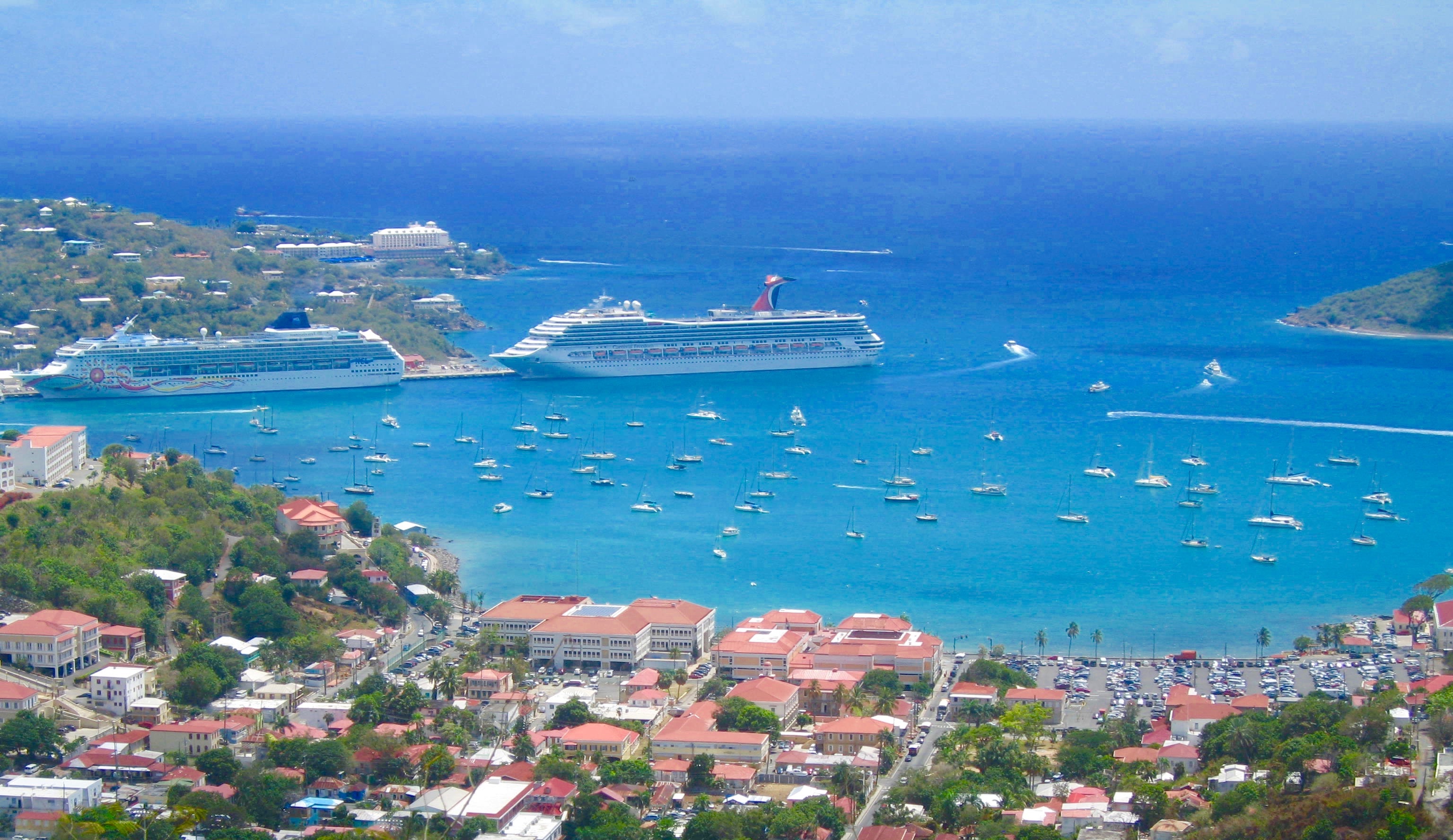Learn how Predictive Analysis has redefined customer service in the Cruise Industry
- Parth Patel

Cruise lines are a prime example of the smooth interplay between the principles of physics, technical expertise and providing an exemplary customer experience leading to a successful business model. While new technology is used effectively to manage the functioning of a cruise liner, it hasn’t been used as extensively to boost sales. All that could change with the increased use of predictive analysis in the industry.
As statistics released by Cruise Market Watch show, the cruise industry has seen a steady growth over the years with an increase in demand for ocean as well as river cruises. This has led to an increase in the investment in new ships which has in turn led to a fierce price competition to fill the additional booking capacity that has been created. Cruise liners have to constantly come up with innovative pricing strategies to engage the new as well as repeat customers without affecting their margins.
Benefits of Predictive Analysis
There are mainly two objectives that every cruise liner strives to achieve:
- Ensure that there is a repeat business. This depends largely in providing the same exemplary service without any drastic increase in pricing.
- Attract new customers to try out the experience and then ensure they get hooked on to it and want to try it again.
With the help of customer behavior analytics, it is possible to study trends on spending patterns for earlier trips.
This can give critical information on what people prefer and match it to the seasonal trends.
Further, this can be extrapolated to tally with data related to other groups in the same income category as well as family size. With the help of this information, it is possible to provide customized experiences that will meet the expectations of new as well as repeat customers.
In addition to customer satisfaction, the data will also allow the liners to predict inventory trends. They can use this information to plan their buying strategy to buy more during lean price seasons and to scale back during peak price season. Along with the guarantee of meeting customer demands, it also results in better profit margins with lower costs.
Several cruise liners like Carnival etc. are already picking up on the advantages of using this technology to craft a more intuitive and fulfilling experience for their customers. With an exciting array of options to improve services, the future of this industry definitely looks promising.